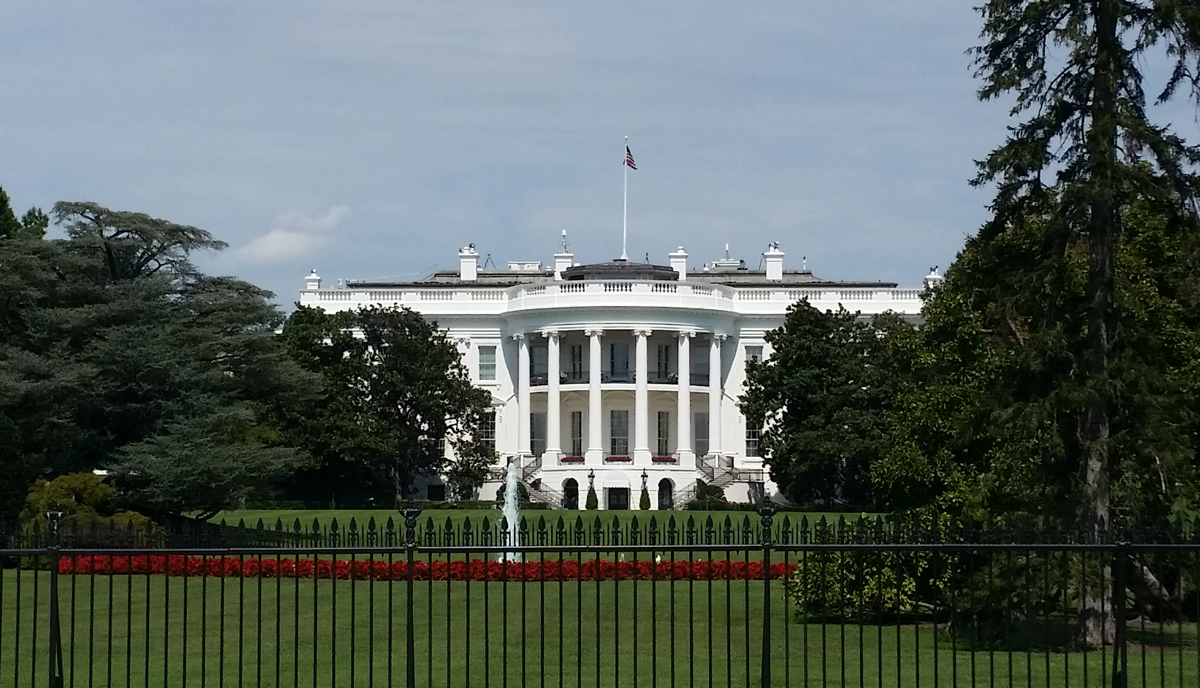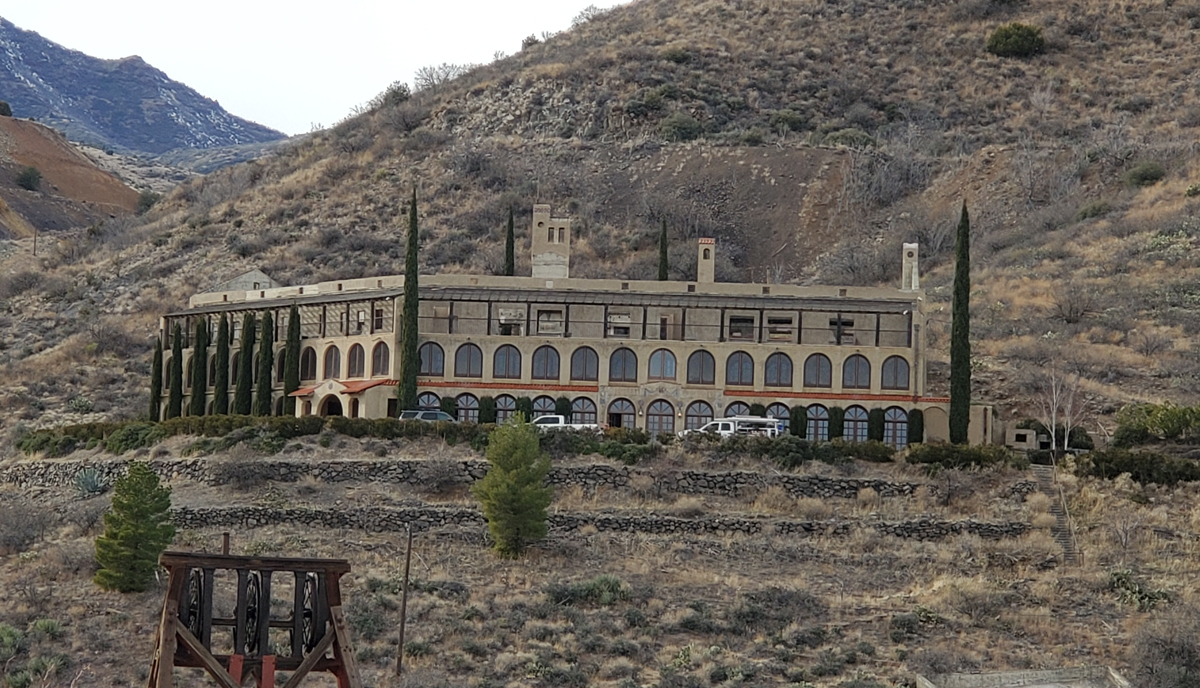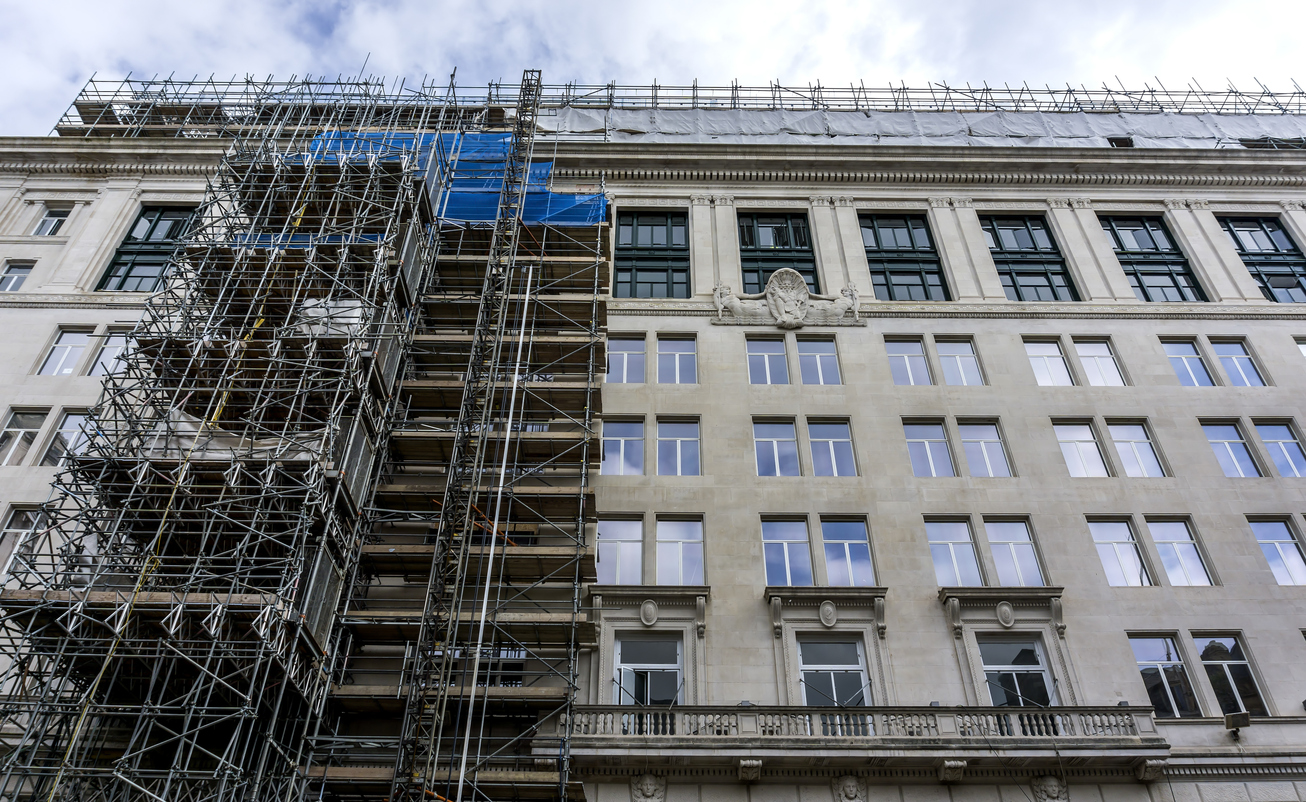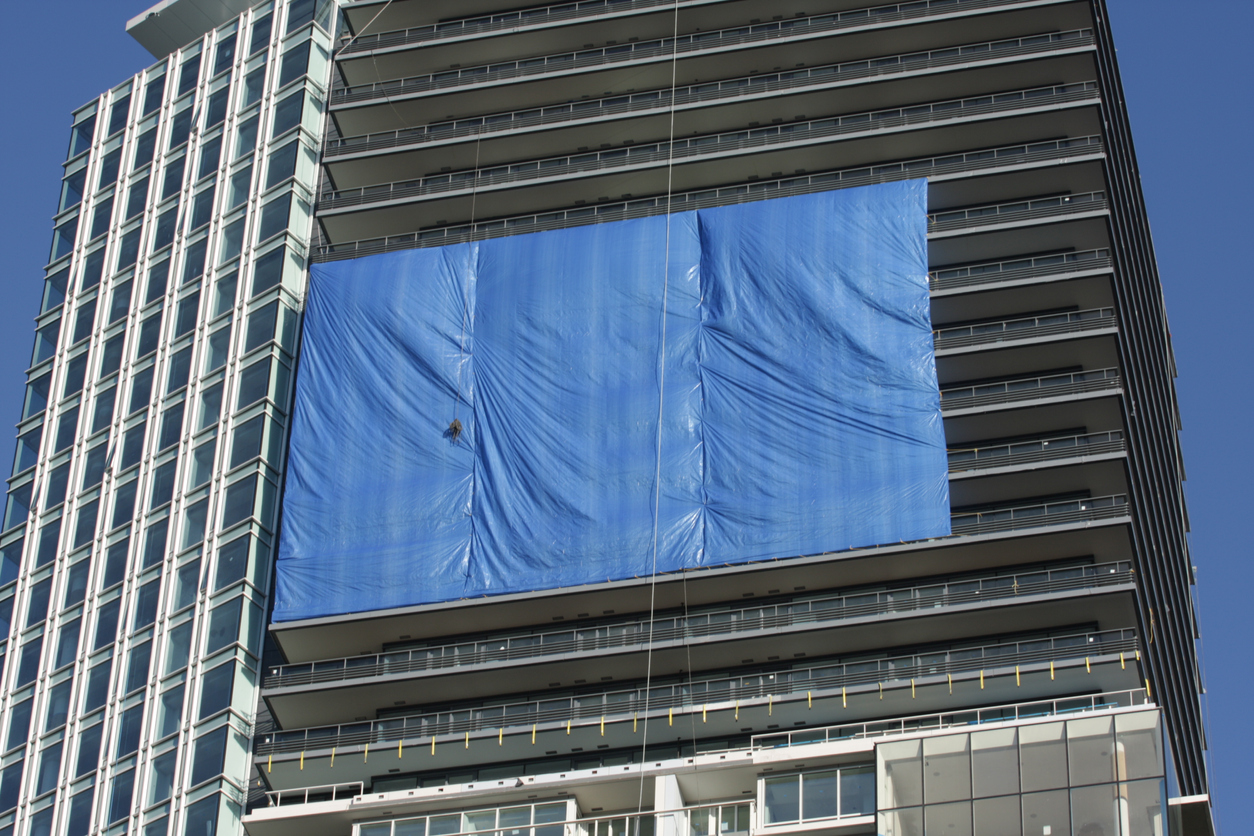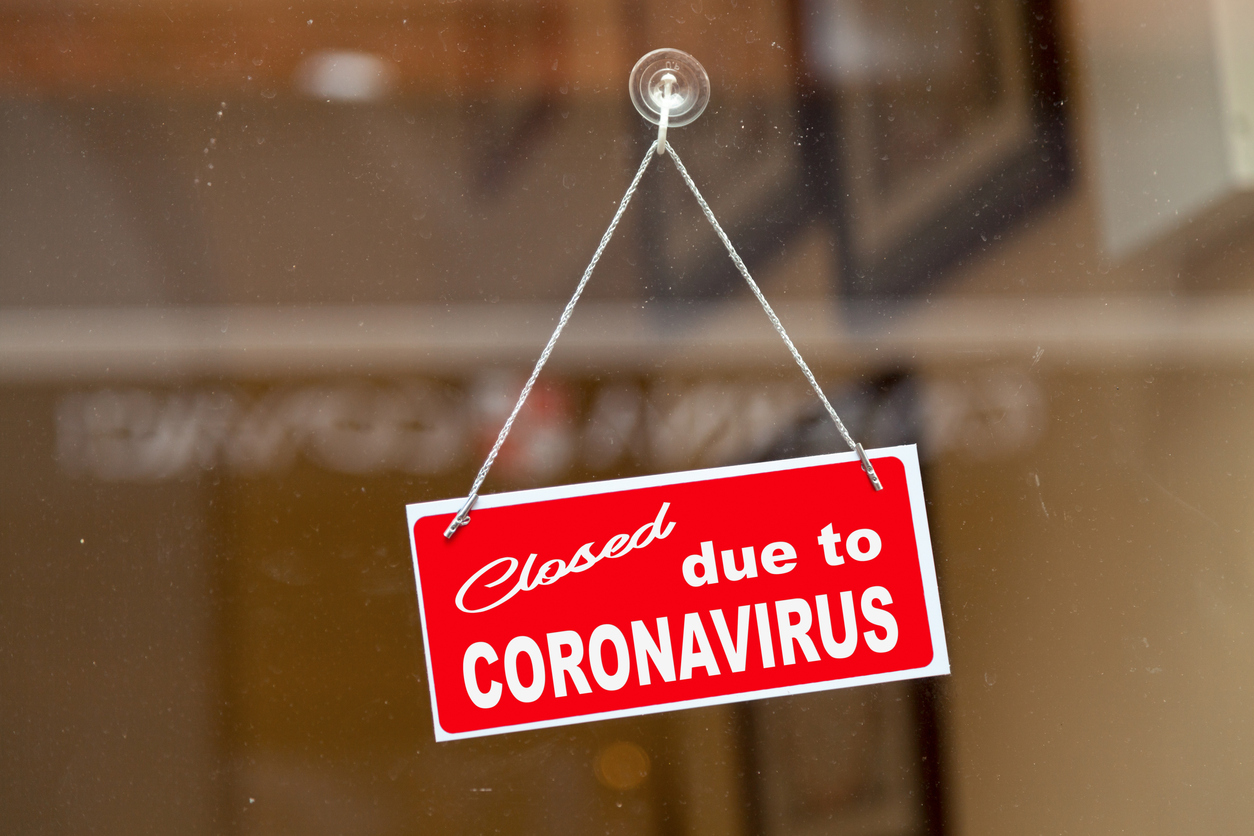(NOTE: There won’t be a Tuesday @ 2 With Chip at the moment because of the Windstorm Convention. Tuesday @ 2 will return subsequent week)
Whereas there are various points that constantly kind the idea of a dispute between insurers and insureds in property insurance coverage claims (protection points, causation, discover necessities, and so forth.), one common principal is usually accepted on each side: The insured, if able to doing so, has the responsibility to moderately mitigate damages to cut back their loss.
This isn’t a novel precept. Nearly each state/insurance coverage coverage in a technique or one other imposes this responsibility on the insured. Whether or not counting on the frequent legislation responsibility to mitigate damages, or a selected provision contained within the topic coverage imposing that responsibility, courts universally implement the duty to attenuate losses. That is typically not a difficulty nonetheless, as it’s virtually at all times within the insured’s greatest curiosity to mitigate damages by making momentary roofing repairs (to guard the inside of the house) or reopening their enterprise (to keep away from extra enterprise earnings losses). In different phrases, insureds typically have ample motivation to mitigate their very own losses. However what if an insurance coverage firm makes an attempt to make use of the insured’s efforts to mitigate damages towards them?
The factual circumstances that give rise to the sort of scenario typically contain the insurer making an attempt to disclaim fee of mitigation bills or preclude enterprise earnings restoration. The primary instance is demonstrated in Metalmasters of Minneapolis v. Liberty Mutual,1 which was summarized in our earlier put up, Understanding Enterprise Interruption Claims, Half 34.
On this case, Metalmasters manufactured precision laptop disk drives and different small machine elements. The overhead pipe carrying water ruptured throughout the night time and flooded Metalmasters’ store. Metalmasters was shut for 9 weeks, with partial manufacturing resuming after three weeks. Metalmasters started utilizing its clear rooms inside 4 months after the water harm, however to supply a rust-free product, Metalmasters incurred a further expense of $4.90 for every of 15,500 spindle assemblies, totaling $75,590, The insurer argued that this expense was not coated underneath the coverage, however Metalmasters was in a position to get well the $75,590 as a mitigation price underneath the Additional Expense provision of the coverage. The courtroom reasoned:
These extra manufacturing bills had been bills of mitigation. [The Insurer] can not have it each methods. If, as they strenuously urge, the insured has a contractual in addition to a typical legislation responsibility to mitigate damages, then the bills of that mitigation should be coated. If the mitigation efforts take longer than the interruption interval, then the enterprise interruption clause can not restrict protection to that interval, for the reason that exercise is within the curiosity of the insurer. On this case the expense continued past the 4 weeks throughout which the clear rooms had been inoperable. Mitigation is an obligation the insured performs for the insurer’s profit. Mitigation price is recoverable as long as it’s affordable and fewer than the damages would have been with out it. On this case the price of mitigation is definitely lower than damages would have been with out the extra manufacturing expense. (Emphasis added).2
As this case demonstrates, penalizing the insured for making an attempt to mitigate damages is seen poorly by the courts. An analogous final result arose in Duane Reade, Inc. v. St. Paul Hearth & Marine Insurance coverage Firm.3 On this case, the courtroom was tasked with reviewing the district courtroom’s interpretation of a “interval of restoration” clause. The insured operated a drug retailer that was destroyed within the terrorist assaults on 9/11. The district courtroom dominated in favor of the insured by discovering that the hypothetical interval of restoration was prolonged till the insured resumed its operations in a “functionally equal” method to its pre 9/11 operations. The district courtroom additionally declared that the size of the interval of restoration was tied to the time it might take to rebuild the pharmacy on the World Commerce Middle website.
In reversing the district courtroom’s interpretation of the interval of restoration, the Second Circuit Court docket of Appeals decided that the “functionally equal” language was an incorrect interpretation. Most notably, the appellate courtroom said:
The Restoration Interval clause establishes that BI protection lasts just for the affordable period of time it might take [the insured] “exercis[ing] … due diligence and dispatch to rebuild, restore, or change such property that has been destroyed or broken.” Courts have constantly construed this or comparable language as entitling the insured to proceed to get well its misplaced earnings till it may construct a fairly equal retailer in a fairly equal location. See, e.g., Lee R. Russ, 12 Sofa on Insurance coverage §§ 183:55, 185:7 (3d ed. 1998 & Supp.2003); Beautytuft, Inc. v. Manufacturing unit Ins. Ass’n, 431 F.second 1122, 1128 (sixth Cir.1970) (holding that insured’s resumption of partial operations in inferior, momentary premises didn’t terminate enterprise interruption protection); see additionally Anchor Toy Corp. v. Am. Eagle Hearth Ins. Co., 4 Misc.second 364, 155 N.Y.S.second 600, 603 (N.Y.Sup.Ct.1956) (holding that insured was entitled to modernize premises upon rebuilding). The rationale behind such holdings has typically been that insureds would lack any incentive to renew partial operations in momentary places or underneath different inferior circumstances as a way to mitigate damages if such actions would terminate their BI coverage.4
Though the final word holding in Duane Reade activates a distinction in rule utility, the language recited therein helps the place that makes an attempt to mitigate damages mustn’t terminate the insured’s enterprise interruption protection, as such an interpretation would punish the insured for appearing in one of the best curiosity of the insurer.
A number of courts have disfavored rulings that might disincentivize mitigation efforts by the insured. In American Medical Imaging Corp. v. St. Paul Hearth & Marine Insurance coverage Firm,5 the courtroom was tasked with deciphering whether or not the insured suffered from a “crucial or potential suspension.”6 A hearth at AMIC’s headquarters resulted in smoke and water harm that made use of the services unimaginable. AMIC instantly rented area at an alternate website and relocated there the subsequent day. The topic coverage said:
We’ll pay your precise lack of earnings in addition to further bills that outcome from the required or potential suspension of your operation throughout the interval of restoration attributable to direct bodily loss or harm to property at a coated location. The loss or harm should happen whereas this protection is in impact and should be because of a coated reason for loss. We’ll pay your earnings and further expense loss from the date the property is broken till the earliest of the next:
• the date you resume regular enterprise operations;
• so long as it ought to moderately take to restore, rebuild or change the broken property, plus 30 consecutive days; or
• 12 months, no matter your coverage’s expiration date.
The district courtroom concluded that as a result of the coverage required this crucial suspension, and the coverage outlined “operation” to imply “the type of enterprise actions that happen on the coated location,” the insured’s loss was not coated underneath enterprise interruption as they had been in a position to resume enterprise operations, albeit at a lower than regular stage.7 As a result of resumption of enterprise, the district courtroom decided that there was no crucial suspension, and the insured was not entitled to protection.
In reversing the district courtroom’s determination, the Court docket of Appeals decided that such a holding would deprive the insured of any motivation to mitigate its losses. The courtroom rationalized its place, stating “[c]persevering with in enterprise at any stage would bar restoration as a result of the insured could be carrying on the identical form of actions that occurred on the coated location. We decline to simply accept the suggestion that this was the intent of the events.”8 Whereas the coverage at concern on this case imposed an obligation on the insured to mitigate its losses, the courtroom decided that the district courtroom’s ruling result in an anomalous outcome:

